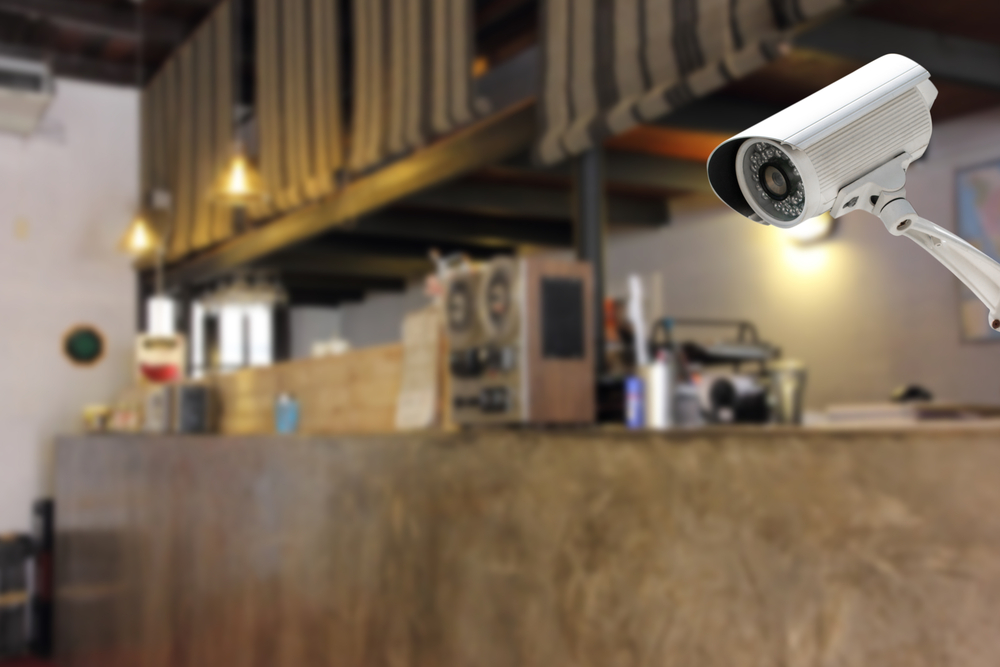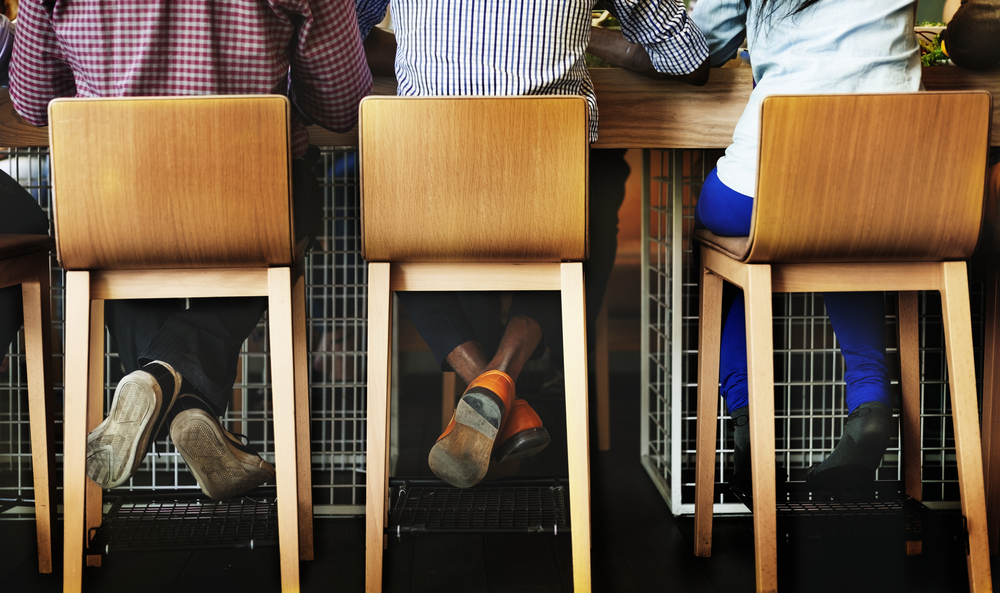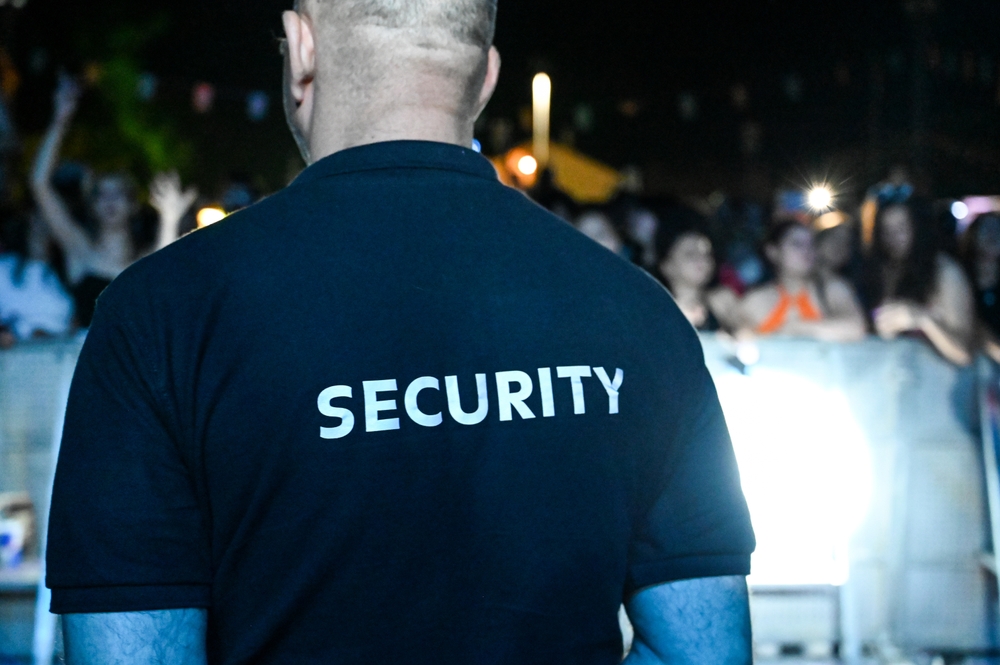Bars and restaurants are vibrant, high-traffic environments where safety, security, and accountability are essential. Whether it’s protecting employees, reducing theft, documenting incidents, or defending against liability claims, video surveillance has become one of the most important tools for hospitality businesses.
But not all surveillance systems are created equal. Choosing the right system means understanding your unique risks and selecting technology that will provide both protection and peace of mind. Here are the key features and considerations to keep in mind when investing in a video surveillance system for your bar or restaurant.
1. High-Quality Video Resolution
Grainy footage won’t help much if you need to review an incident. Look for cameras with at least 1080p resolution to capture clear details. High-definition video ensures you can identify faces, license plates, or items in question—critical when dealing with theft investigations or liability claims.
2. Wide Coverage and Strategic Placement
Every establishment has “hot spots” where incidents are more likely to occur—such as entrances, exits, bars, cash registers, stockrooms, and parking areas. A strong system will provide wide-angle coverage with minimal blind spots. Pan-tilt-zoom (PTZ) cameras can also give flexibility to monitor areas that see changing activity throughout the night.
3. Night Vision and Low-Light Performance
Bars and restaurants often operate in dim lighting. Cameras with infrared night vision or low-light technology ensure that video remains clear, even in dark settings. This feature is particularly important for outdoor spaces like patios or parking lots.
4. Remote Access and Mobile Monitoring
Owners and managers can’t be on-site 24/7. Modern systems allow remote access via smartphone or tablet, so you can monitor activity in real time, review footage, or receive alerts if unusual activity occurs. This flexibility is not only convenient but also helps you respond faster to potential issues.
5. Reliable Storage Options
Storage is one of the most overlooked aspects of a surveillance system. Depending on your needs, you may choose cloud-based storage, on-site hard drives, or a hybrid solution. Make sure the system retains enough history—many businesses opt for at least 30 days of footage—to provide evidence if a claim is filed weeks after an incident.
6. Integration With Other Security Systems
A comprehensive approach to safety often includes alarms, access control, and ID checking systems. Look for video surveillance that can integrate with these tools, creating a layered defense that protects staff, patrons, and your liquor license.
7. Audio Recording and Legal Compliance
Some systems offer audio recording in addition to video. While this can be useful in disputes, it’s critical to understand state and local laws around audio surveillance. Always ensure your system complies with privacy regulations, and post signage when required.
8. Durability and Weather Resistance
For outdoor cameras, durability matters. Choose systems with weatherproof housing and tamper-resistant features to withstand tough conditions and potential vandalism.
9. Ease of Use and Staff Training
Even the best technology is ineffective if staff don’t know how to use it. Choose a system with a user-friendly interface so employees can quickly retrieve footage when needed. Pairing installation with staff training ensures that your investment delivers maximum value.
10. Cost vs. Benefits of Video Surveillance
The price of a video surveillance system depends on the size of your establishment, the number of cameras, and the level of technology.
– Basic systems (4–6 cameras, 1080p resolution, limited storage): $1,000–$2,500 installed
– Mid-range systems (8–12 cameras, HD or 4K resolution, remote access, 30+ days storage): $3,000–$6,000
– Advanced systems (12+ cameras, PTZ features, cloud storage, integrations with alarms/access control): $8,000–$12,000+
While these figures may feel significant, the return on investment is often substantial:
– Theft reduction: Even modest shrinkage ($50–$100/night) adds up to $18,000–$36,000 a year.
– Liability defense: A single fraudulent slip-and-fall or overservice claim can cost tens of thousands of dollars. Video evidence can reduce or eliminate payouts.
– Insurance discounts: At Hospitality Insurance Group, establishments with functioning video surveillance may qualify for discounts, along with savings for ID checking systems and staff training.
– Peace of mind: Owners can monitor operations remotely and respond quickly to problems.
Bottom line: In most cases, the payback period for a well-chosen surveillance system is less than a year when you factor in reduced theft, avoided claims, and insurance savings.
11. Leading Providers Headlining Restaurant & Bar Surveillance
When selecting a surveillance partner, it’s helpful to be aware of the most reputable providers offering robust, hospitality-ready solutions:
– Pelco: U.S.–based, known for PTZ cameras, AI-powered analytics, and strong coverage.
– Axis Communications: Swedish pioneer in IP video, offering rugged cameras, analytics, and ecosystem integrations.
– Eagle Eye Networks: Cloud-first, scalable across multiple locations, with strong analytics.
– Hanwha Vision (formerly Samsung Techwin): High-quality optics, encrypted streams, AI analytics.
– Avigilon: Cloud-native and on-prem solutions, AI search tools, and bandwidth efficiency.
– i-PRO (formerly Panasonic Security): AI-powered, real-time alarm triggers, proactive monitoring.
These brands stand out for hospitality businesses by combining durability, scalability, analytics, and integration with other security tools.
Final Thoughts
Investing in the right video surveillance system is an investment in the long-term success of your bar or restaurant. Look for high-resolution cameras, reliable storage, integration with other safety measures, and features that match the unique needs of your business. By combining the right technology with employee training, you can create a safer environment for your patrons and staff—and enjoy the added benefit of reduced insurance risk.









